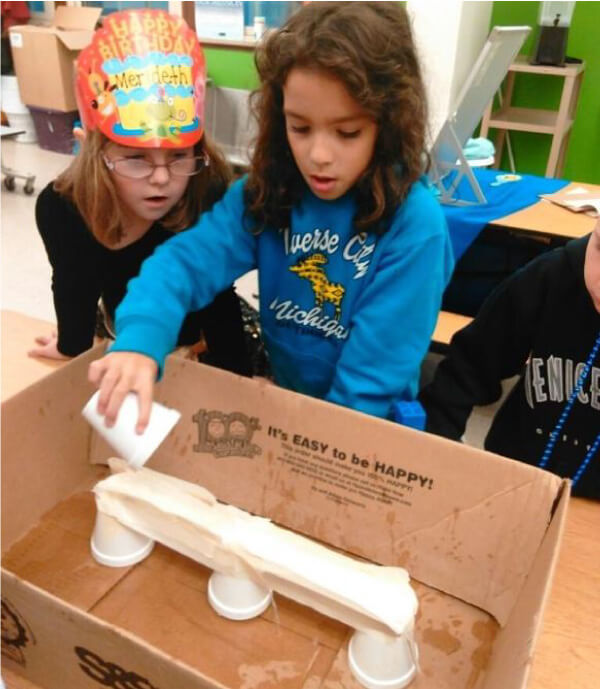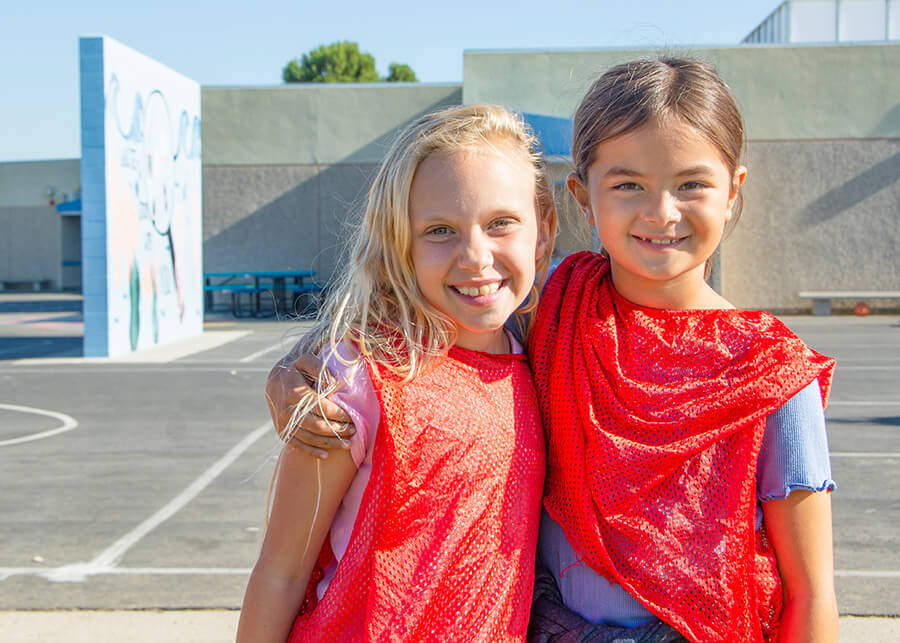
by Kate Vincent, M.A., M.Ed., LCSW
Research shows that schools and districts can significantly increase student learning time, both academically and socially, by using before-school, after-school, and summer hours more effectively (Philp et al., 2022). Combining OST and MTSS frameworks creates a dynamic, tiered approach to flexibly addressing students’ cognitive, social-emotional, and behavioral needs.
Here are four steps schools and districts can take to implement MTSS within OST programs.
Establishing a Shared Vision
The first step in combining MTSS with OST is establishing a shared vision that aligns with your strategic goals and the expanded learning opportunities OST provides. Start by considering what you want your students to achieve beyond the school day and asking key stakeholders to do the same. Gathering insights from administrators, teachers, OST educators, and families ensures everyone understands the program’s purpose and how it fits into a broader MTSS strategy.
Your shared vision reflects a commitment to equity and access, ensuring that OST hours are used strategically to support all students and bridge opportunity gaps. By extending learning time, schools can break down barriers and provide personalized instruction, tutoring, and enrichment activities that align with each student's needs.
Implementing Personalized Learning Strategies
MTSS uses a tiered approach to provide students with different levels of academic and social-emotional support based on their individual needs. OST programs are the perfect setting to implement this approach because they offer the flexibility to personalize learning beyond the traditional school day.
At Tier 1, OST programs can offer enrichment activities—like arts, sports, STEAM, and project-based learning—available to all students. These activities promote engagement and give students hands-on, real-world experiences that complement academic learning.
For students requiring more targeted support (Tier 2), OST programs can offer small group tutoring or personalized interventions that reinforce what students learn during the day. Virtual learning platforms and personalized instruction during OST hours can help students build the skills and confidence they need to master core concepts from phonemic awareness and vocabulary to measurement and algebraic thinking.
For students with significant needs (Tier 3), OST programs provide an opportunity for individualized or intensive interventions. These might include one-on-one tutoring, behavioral support, or specialized services that would be difficult to fit into the regular school day without pulling students out of core instruction.

Developing Durable Skills
Supporting students academically is only one piece of the puzzle. Durable skills are also critical for student success, and OST programs are an ideal setting for helping students build durable skills like self-awareness, empathy, and teamwork.
In an MTSS framework, activities can be intentionally layered into OST programming. For example, in Tier 1, whole-group activities might focus on building skills like cooperation, communication, and problem-solving, while in Tiers 2 or 3, students could receive small group or one-on-one coaching to work through specific challenges such as self-efficacy, self-regulation, and executive functioning. These activities can give students the skills they need to succeed inside and outside the classroom—managing stress, building relationships, and confidently navigating social situations.
Leveraging Strategic Partnerships
Are you tapping into the full potential of strategic partnerships? Building strategic partnerships is one of the most effective ways to implement MTSS within OST programs. Schools and districts can identify expanded learning opportunities through partnerships with community organizations, local businesses, and other external partners. For example, partnerships with mental health organizations may help address students’ behavioral needs, while collaborations with local businesses can provide valuable career exploration and mentorship opportunities. By creating a network of support that extends beyond the classroom, we can ensure students have access to the resources they need to thrive.
Ready to transform your OST program?
When MTSS and OST programs unite, they create a robust system for supporting all students. Schools and districts have a unique opportunity to design programs that meet the full continuum of student needs—academically, socially, and behaviorally. By establishing a shared vision, implementing personalized learning strategies, focusing on durable skill development, and leveraging strategic partnerships, we can create an environment where every child has the opportunity to succeed.
Is your district ready to maximize the potential of your OST hours? Right At School is here to help! Contact us to learn how we can help design and implement high-quality OST programs that support your MTSS framework and transform learning for all students.

Kate Vincent, M.A., M.Ed., LCSW
Kate Vincent, LCSW, is a seasoned school district administrator and child/youth therapist with a passion for inclusive education. With certifications in TF-CBT, Play Therapy, IRP, and ABA, she brings 13 years of public education experience to her role in a K-12 educational services organization. Kate champions high-leverage practices that prioritize inclusion and belonging, and she has presented at prominent conferences. She holds a Masters in Educational Leadership, Principal and Director of Special Education Endorsements, and is pursuing a Ph.D. in Educational Leadership and Policy Studies. An active runner, hiker, and coffee enthusiast, Kate resides in Denver, CO with her husband and dog.








